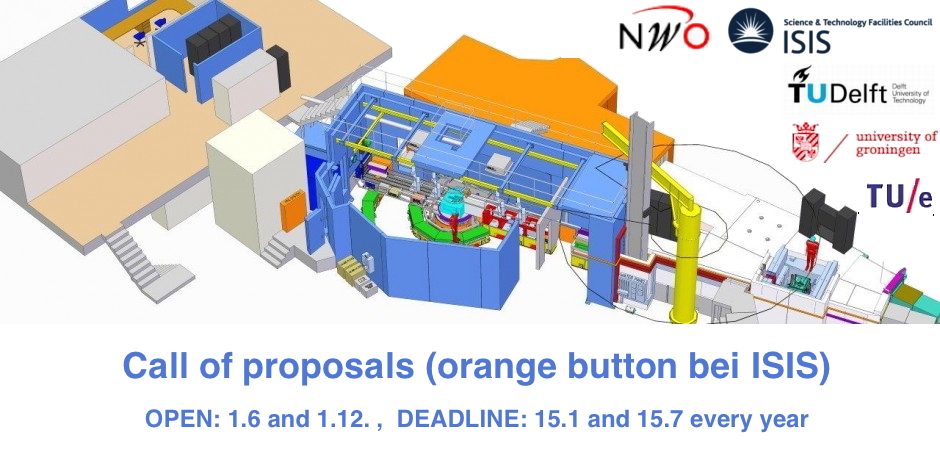Atoms or groups of atoms (molecules) build our world including ourselves. If we want to use the materials around us: liquids, solids, magnets, polymers, proteins, we must know why they behave the way they do, we must understand the way they work at the microscopic scale, both in production and in use. Knowing where atoms are in materials and how they interact is the key to understanding their properties. This is particularly true when it comes to developing new materials – once we know the microscopic mechanisms we are able to tailor them according to our needs.
Tailored materials are behind all recent developments, which revolutionize our everyday life: drug delivery substances, magnets for smaller and more reliable computer hard drives, materials for better energy storage, conductors of electricity with very low resistivity, smart materials for airplanes or human bone implants. Targeted materials development is based on an extensive knowledge of microscopic mechanisms and needs a microscopic probe that interacts with all kinds of materials, penetrates deeply in the matter and is soft enough not to destroy even the frail biological substances. Neutron beams constitute this powerful microscopic and non-destructive probe. Free neutrons are unstable but their life-time of 15 minutes is long enough to allow complex beam manipulations required for their use in experiments on materials. Neutrons are electrically neutral particles and for this reason they interact weakly with matter and have a high penetration power. So-called “thermal” neutrons are uniquely suited for materials research, since they have wavelengths comparable to the distances between atoms and energies comparable to the interaction energies in solids and liquids. Unlike X-rays, neutrons can readily evade a material’s electrons to interact directly with atomic nuclei. These “scattered
neutrons” have different directions and speeds than the incoming ones. The changes in direction depend on the interatomic distances and resolve the microscopic structure. The changes in speed arise from energy exchange with the atoms and provide information on the atomic and molecular motions.
Neutron scattering is a technique, which unravels the microscopic behaviour of the investigated material by determining the direction and energy of scattered neutrons. The universality of the interaction of neutrons with matter leads to a number of variations of the technique and to a wide range of applications, from physics to engineering, chemistry and biology. Neutrons, like all sub-atomic particles, obey the laws of quantum mechanics and even though they are massive particles they also behave like waves. Consequently when they interact with a crystal, where atoms or molecules build a regular array, they are reflected, or scattered. Neutrons reflected from similarly oriented planes of atoms in the crystal interfere and re-inforce each other periodically to produce a characteristic diffraction pattern.
Elastic neutron scattering or neutron diffraction techniques record these patterns in the optimum way to provide information about the atomic configurations, i.e. the crystal lattice. Inelastic neutron scattering or neutron spectroscopy determines the characteristic energies and motions in a material from the energy analysis of the scattered neutrons.


